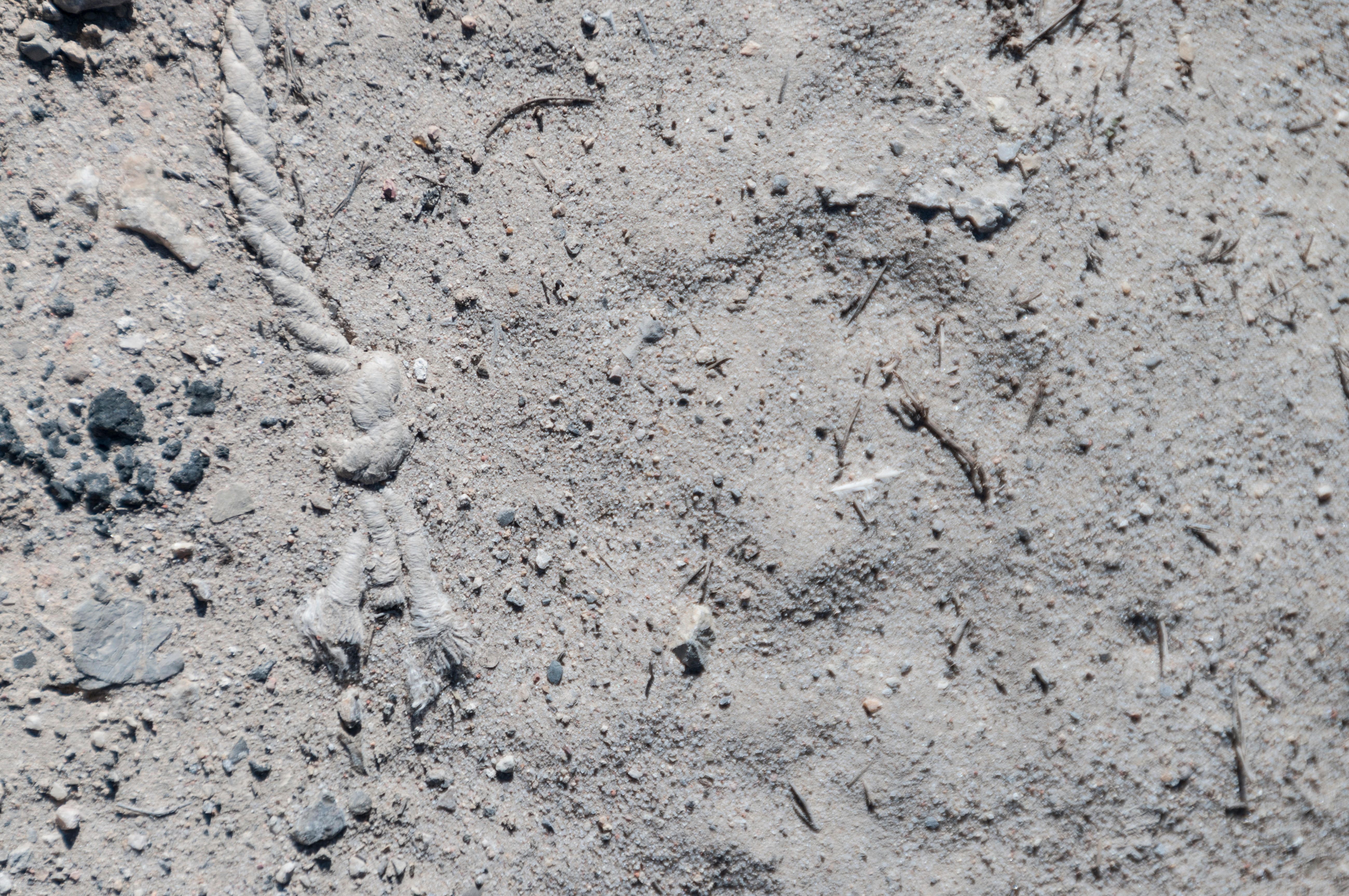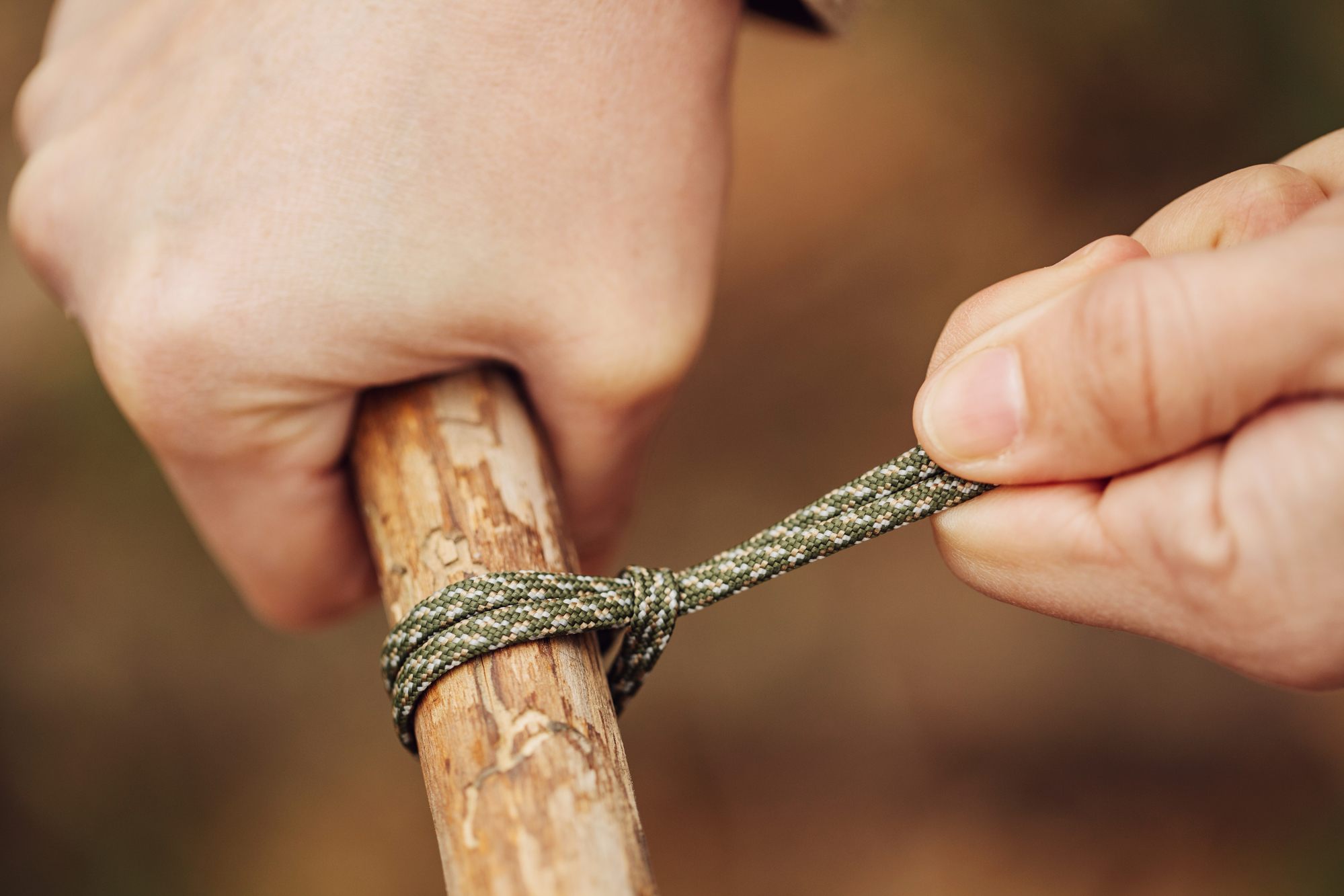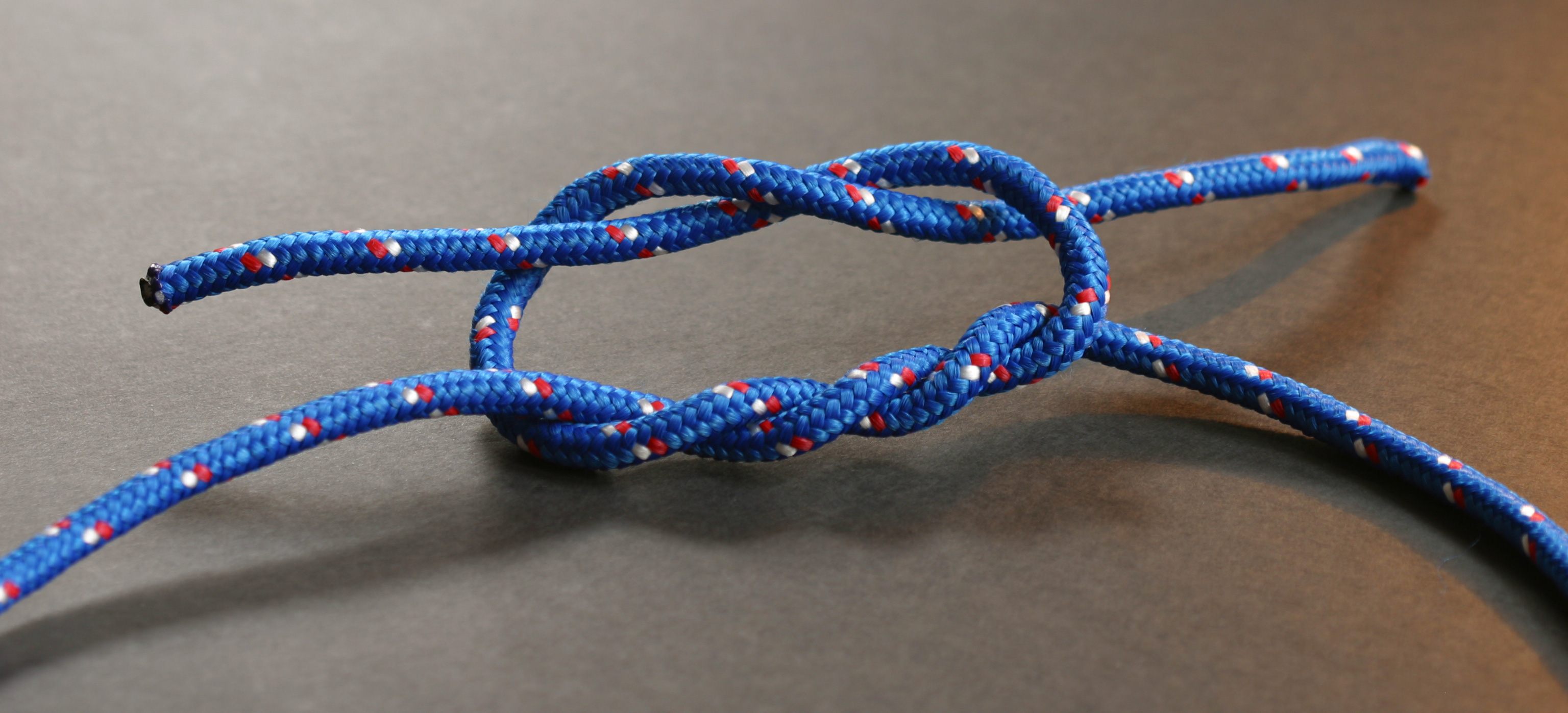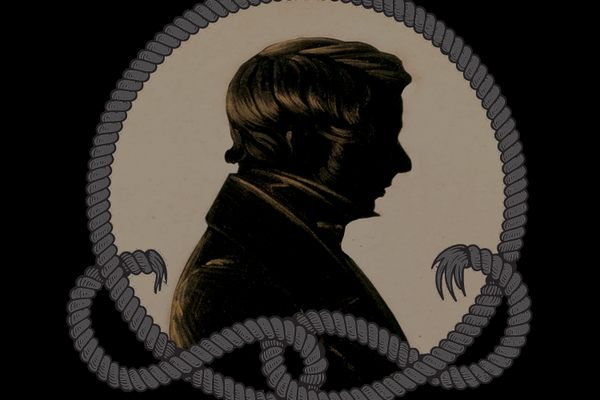How Knot Analysis Can Reveal the Perpetrator of a Crime
In the field of knot forensics, half-hitches can result in convictions.

When someone commits a crime, it’s safe to assume that person wants to get rid of the evidence; they may wear gloves, or conceal their identity. But criminals get caught, often on the most incidental oversights—some as small and seemingly innocent as a knot in a string.
And, it turns out, knots are exactly one of those common oversights-turned-evidence, thanks to the small but significant field of knot forensics, in which specialists examine knots to unveil forensic clues. This is what Glenn Dickey, knots expert, has done to help prosecute criminals; as one of few knot experts in the world who contributes to forensics work, Dickey uses his advanced knowledge of knot tying to establish tricky details: whether the knot-tier was left- or right handed, skilled or novice at knot tying, and in some cases, whether the crime was premeditated.
Dickey, based in Ohio, is part of the North American chapter of the International Guild of Knot Tyers (IGKT), a group united over its love of knots. Normally, knot enthusiasts spend time preserving knowledge of historic and decorative knots, not solving murders; for example, Dickey honed some of his knot skills while rigging a 15th-century style ship and recreating an ancient English chariot. Occasionally, though, police, detectives or prosecuting parties find themselves in a bit of a bind, you could say, when it comes to crime scenes that include rope—at which point they often contact the IGKT, looking for someone to help.

According to Dickey, it’s often the prosecution in a trial rather than police who look for forensic help, and requests can come from various parts of the country. Dickey’s knot forensic work was especially handy for a case in Michigan in the early 2000s, where the suspects of a woman’s murder were whittled down to two men by the time Dickey was called upon to help: a mechanic and a butcher. The murderer had used cord to bind his victim, whom he then deposited into a body of water. Unfortunately for the killer, Dickey spotted a specific knot that many people wouldn’t know of outside of the butcher trade, and he was also able to identify the handedness of the criminal, which matched the butcher. Afterward the police interrogated the correct suspect, who confessed and was found guilty.
Knot forensics work hinges not only on expertise, but also basic human nature. Most people, Dickey says, are not thinking clearly when they are committing crimes, even if they’re premeditated. This, as Dickey recalls learning from the writings of knot forensics expert and IGKT co-founder Geoffrey Budworth, means that when under stress, criminals will use the knots they’re most familiar with and not think about the evidence they leave behind. Knots can be made left or right handed based on the twist of the knot, or which direction the rope is drawn through specific loops—even the rope used can be twisted primarily to the left or the right. While certain knots can be formed left or right handed intentionally, it’s rare for a non-expert to notice this difference, especially in the heat of the moment. If someone is committing a crime, and they are right-handed, “the knot will almost certainly be formed right handed,” Dickey says.

For Dickey, his own process often begins after the investigators send him photographs to study the knots found at the scene. Here, Dickey puts to use a specialized sub-skill: as a former writer and editor of the IGKT newsletter, he learned to study images of knots that were sent in by curious knot enthusiasts, in order to recreate, identify or describe them. For knot forensics, he uses the images as a sort of blueprint, and is even able to access specific kinds of rope or cord to match the type used in the crime. Once he has the rope or cord in hand, he will study the crime-scene photographs, recreate the knots at home, and analyze his findings.
The photos he uses, as you might imagine, are graphic. “I don’t do this lightly. I have nightmares over this,” Dickey says. Much of his work, he adds, includes learning the mindset of a murderer, and knowing that something he loves—knot tying and ropes—was used for nefarious purposes. If light-hearted decorative knots are his labor of love, knot forensics is his labor of duty. “I know if it were a member of my family and someone had the knowledge, I’d want them to help me. For evil to triumph, all that has to happen is for good men to do nothing,” Dickey says.

Even if the killer is not a person skilled with rope or cordage of any kind, Dickey can tell quite a bit about them by the knots they made. In a recently closed case in Maryland, Dickey was able to study images of the murderer’s makeshift campsite, which was full of simple, poorly formed knots and wrapped rope, and match these knots against those the suspect made during the crime. The now-convicted murderer also used crudely made decorative knots—made purely for his own aesthetic enjoyment—in the cordage he used to commit the crime. These knots not only matched the low-skill knots that the murderer used on his campsite, but the significant amount of time he spent arranging them in the rope indicated premeditated intent.
Knot forensics work needn’t just be used for the most morbid of crimes, however. “We had another [IGKT] member in Florida who was called in on a string of burglaries, where the perpetrator used rope to tie things up,” Dickey explained, “the perpetrator had used the same unique knot at each crime scene.” Dickey says that the knots most people make are of only a few simple types—half-hitches, overhand knots, and granny knots among them. A 2011 analysis of 100 knot forensics cases by knot forensics consultant Robert Chisnall agrees with this sentiment—only about 3-6 percent of knots in forensic cases were what Chisnall calls “sophisticated.”
While Dickey is glad to put his knot skills to good use, he seems happiest when talking about old ships and knot-tying lore, rather than murder and crime-solving. It’s a heavy job. For the rest of us, Dickey has a word of advice, almost a plea: “First of all, don’t kill anyone. It’s not a good idea.” And if you are out there committing any crimes, stay clear of the rope, he warns—“it leaves too much evidence behind.”







Follow us on Twitter to get the latest on the world's hidden wonders.
Like us on Facebook to get the latest on the world's hidden wonders.
Follow us on Twitter Like us on Facebook